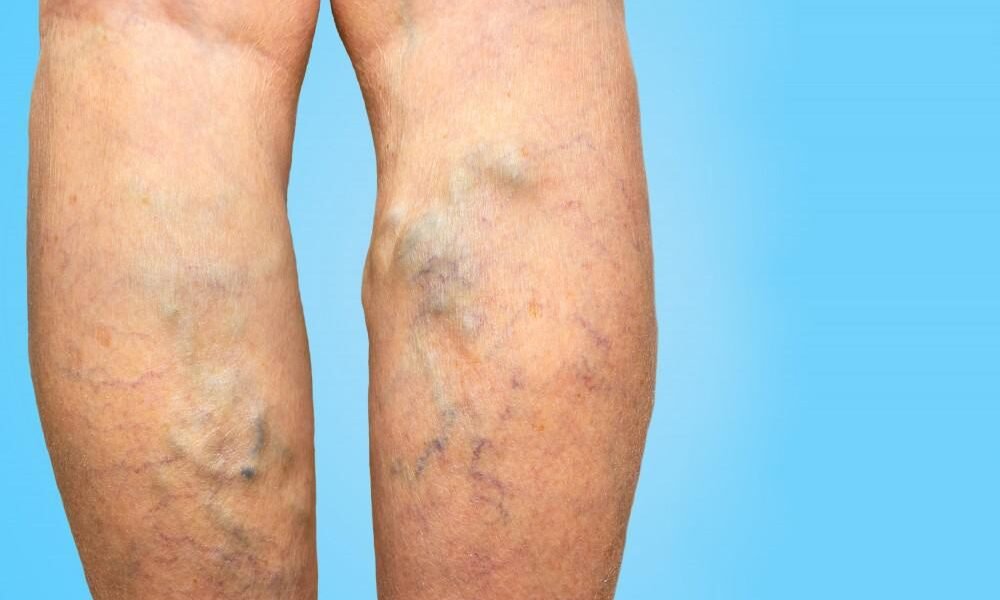Your body goes through many dramatical changes during pregnancy. After childbirth, various health issues are gone, but some conditions also stay with you that gradually vanish over time. After delivery, you have to tolerate the intense pain and discomfort that come from breastfeeding, postpartum period, constipation, varicose veins, etc. Postpartum varicose veins are not a serious health issue but, if left untreated, may worsen.
Postpartum Varicose Veins
Most women experience postpartum varicose during pregnancy and may continue after delivery. You can go through it in your third trimester. In this condition, the veins of the lower parts stretch, become swollen, more dilate, and more prominent under the skin surface. You may see red, blue, or purple and twisted veins through your skin. Therefore doctors highly recommend B12 for pregnant women because there are many vitamin B12 benefits for women. Especially during pregnancy women are in high need of vitamin B12.
You may develop varicose veins during pregnancy because your blood volume increases up to 45 or 50%. Thus, Lower part veins experience a lot of burden or pressure, resulting in their ability to return the blood from the legs towards the heart being affected. And watery blood percolates in adjoining tissues and retains for more time, leading to swelling and bulging of your veins. You can feel itchiness and discomfort.
Symptoms of Postpartum Varicose Veins
If you experience postpartum varicose veins, you will see and feel the following symptoms such as;
- Large bulge veins of blue, red, or purple color appear on your buttock, legs, ankles, or feet and convoluted upon each other.
- You may feel swollen and itchy feet.
- You may feel intense pain, cramping, and burning sensation in your legs and feet.
- You may notice discoloration of the skin around the varicose veins.
You may notice that symptoms worsen as day passes and less in the morning; because you lie down during the night and it reduces the pressure on veins—so you feel comfortable.
After delivery, these symptoms diminish over time, and you will experience temporary discomfort and pain.
If your symptoms persist and do not go. You may feel intense pain, swelling, noticeable skin color changes, etc. Before trying anything, consult your health provider.
Causes of Postpartum Varicose Veins
You may develop postpartum varicose veins due to the following reasons such as;
- Your blood level increases during pregnancy and puts an extra burden on the lower extremities that cause postpartum varicose.
- Multiple pregnancies and Subsequent pregnancies
- Genetic problem
Other factors like constipation and hormonal changes may exacerbate this condition.
Treatment of Postpartum Varicose Veins
It’s common to experience postpartum varicose during pregnancy and after delivery. If you find any symptoms regarding this condition, visit your doctor, who ensures postpartum varicose and will start proper treatment.
High pressure or burden on veins is the major cause of it. You should relieve your lower extremities by reducing the burden on your legs, ankles, and feet. This means neither sitting nor standing for a long time; if you stand for an extended period, more blood flows towards the lower parts due to gravity, causing more swelling. While you are sitting or lying down, elevate your feet in the air for a moment. You should avoid tight clothing and apply an ice pack to the affected areas to get relief.
Sclerotherapy treatment is used when you’re not pregnant or feeding your baby. This treatment injects a solution into the veins to shrink them. This treatment may continue from 4 to 6 weeks.
Conclusion
Postpartum varicose veins may appear under the skin surface of legs, buttocks, ankles, and feet during pregnancy and may remain after childbirth. This happens when your lower extremities experience extra blood pressure. You can clear up by adopting strategies that help to reduce blood pressure. Talk to your doctor and explain your condition before using any treatment.
Reference
https://www.verywellfamily.com/what-are-postpartum-varicose-veins-5211095
